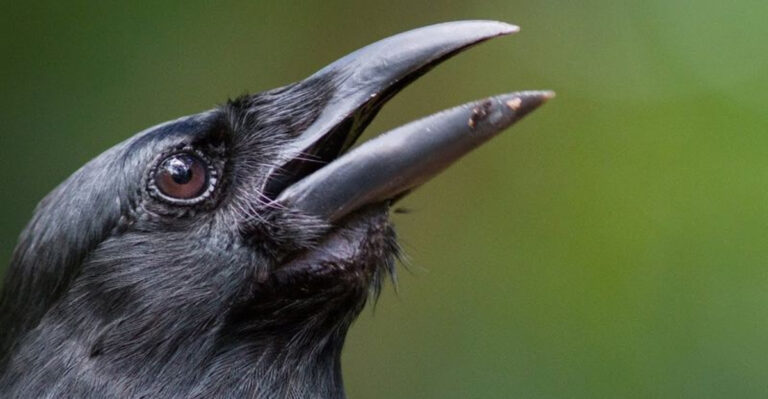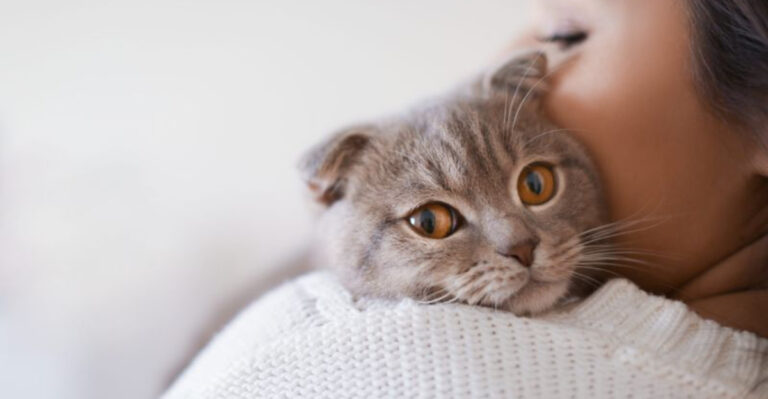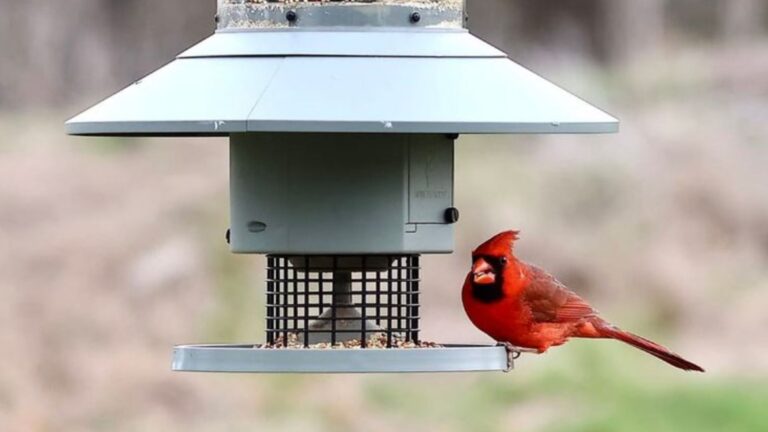14 Plants That Attract Swallowtail Butterflies To Your Garden
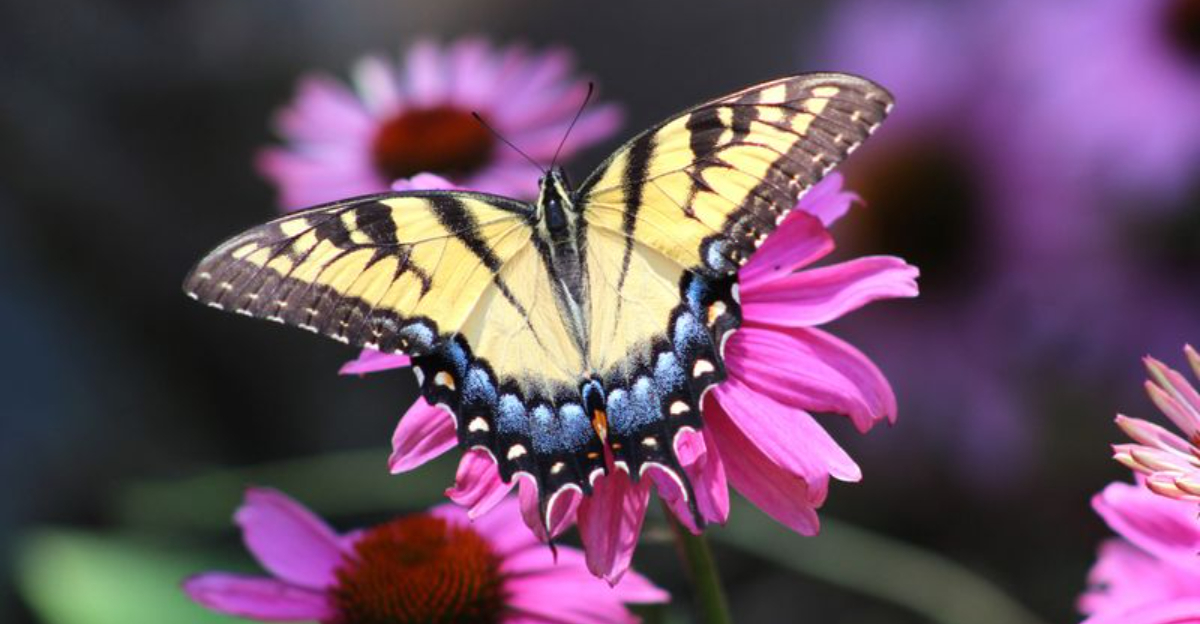
Swallowtail butterflies bring vibrant colors and graceful movement to any garden. These magnificent insects with their distinctive wing shape can transform your outdoor space into a living kaleidoscope.
By planting the right flowers and herbs, you’ll create a haven for these beautiful pollinators while enhancing your garden’s biodiversity.
1. Butterfly Bush (Buddleia)
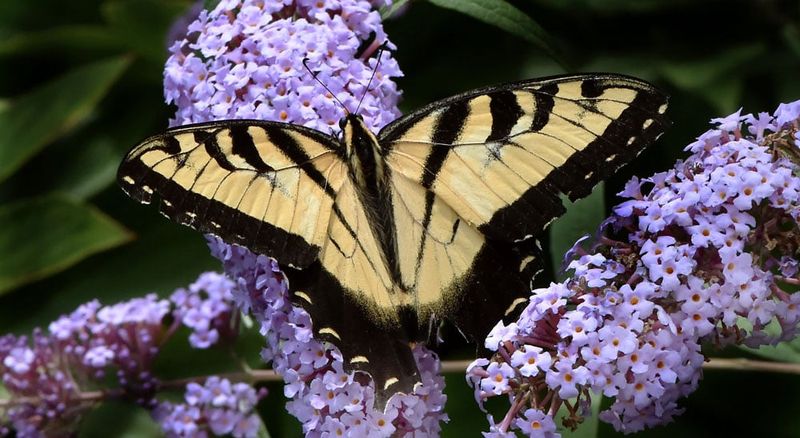
Like a buffet for butterflies, this fragrant shrub produces cone-shaped flower clusters in purple, pink, or white. The sweet nectar acts as an irresistible magnet for swallowtails seeking a meal.
Butterfly bushes bloom throughout summer and into fall, providing a reliable food source when other plants have finished flowering. Fast-growing and drought-tolerant once established, they’re perfect for beginner gardeners.
2. Fennel
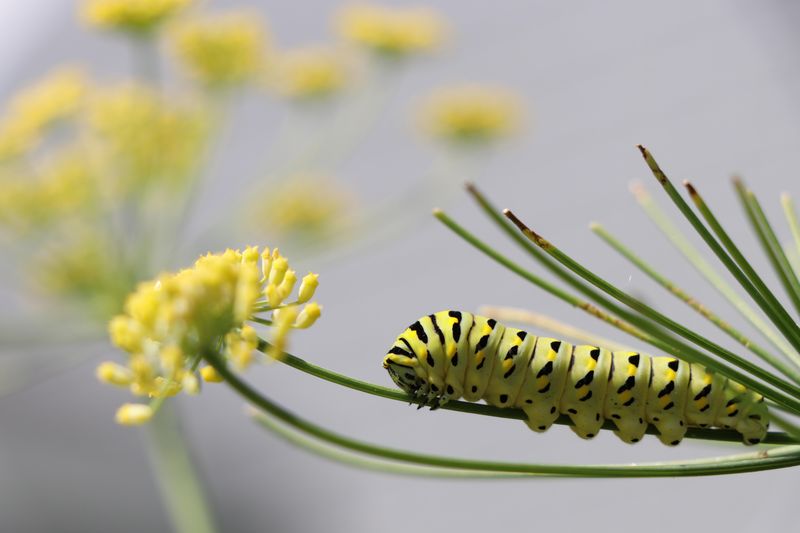
Feathery and fragrant, fennel serves as both restaurant and nursery for Black Swallowtails. Female butterflies specifically seek out this aromatic herb to lay their eggs, knowing their caterpillars will feast on the delicate fronds.
The yellow flower umbels later provide nectar for adult butterflies. Consider planting sacrificial fennel away from your vegetable garden since hungry caterpillars can quickly strip the plants bare.
3. Milkweed
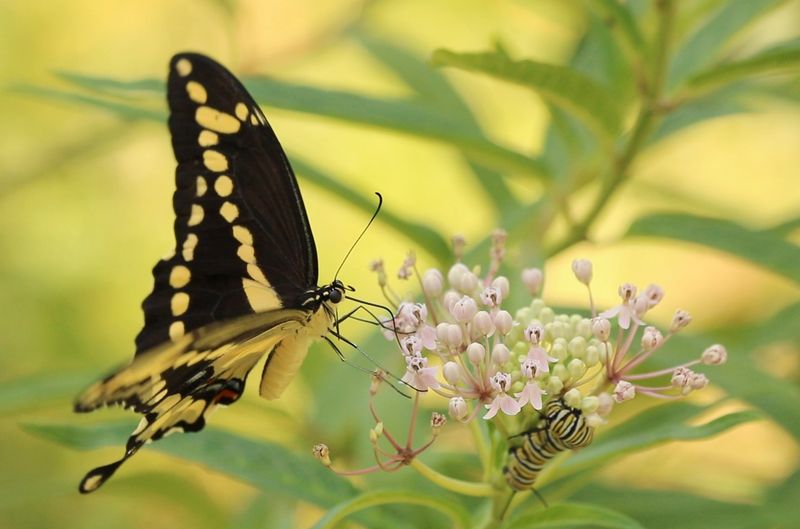
Beyond its famous connection to Monarchs, milkweed attracts various swallowtail species with its nectar-rich blooms. The clusters of star-shaped flowers come in shades from white to deep pink, creating a colorful beacon for butterflies.
Native milkweed varieties support local ecosystems best. Once established, these perennials require minimal care while providing years of butterfly-watching enjoyment. Their seed pods create interesting fall garden interest too.
4. Parsley
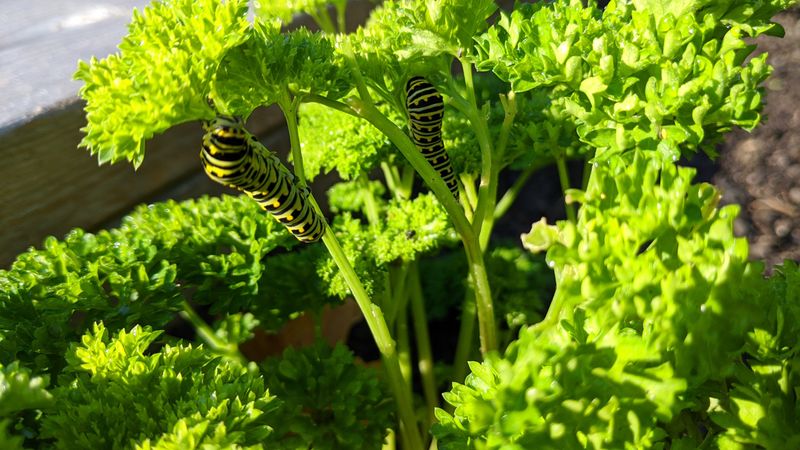
Who knew this common kitchen herb doubles as a butterfly nursery? Black Swallowtails find parsley irresistible for egg-laying, making it a dual-purpose plant for both your kitchen and wildlife garden.
The bright green, curly or flat-leaf varieties are equally attractive to butterflies. Plant extra parsley to share with these beautiful insects – watching the caterpillars develop is fascinating for gardeners of all ages.
5. Dill
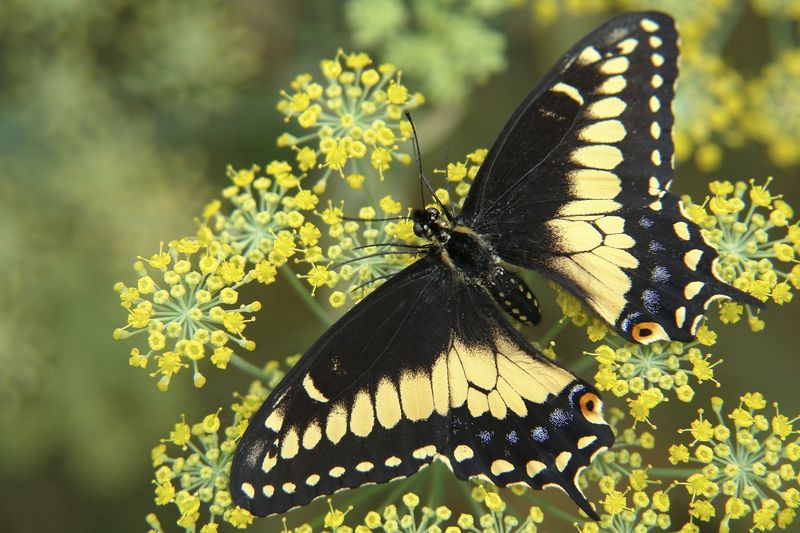
Wispy and aromatic, dill plays host to Black Swallowtail caterpillars with its feathery foliage. The distinctive yellow flower heads later become nectar sources for adult butterflies, completing the lifecycle support.
This easy-growing annual self-seeds readily, ensuring you’ll have volunteer plants popping up year after year. The delicate texture adds visual interest to garden beds while serving as a butterfly magnet.
6. Joe-Pye Weed
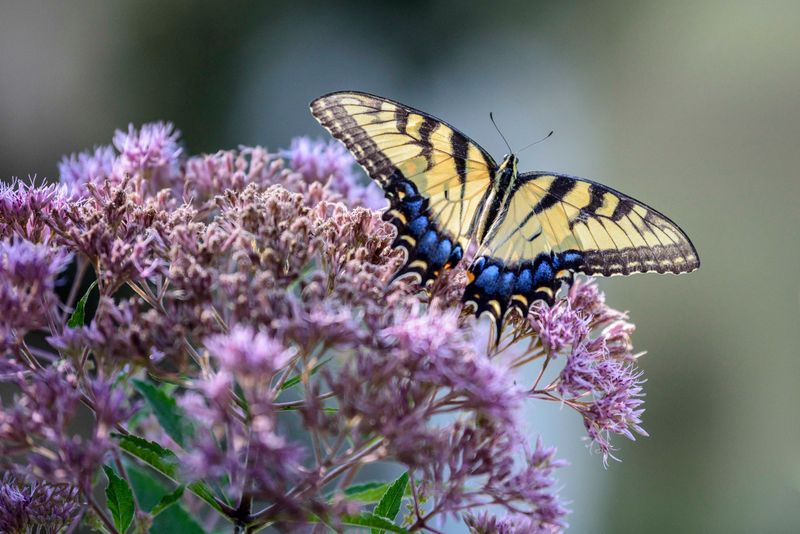
Towering majestically at 5-7 feet tall, Joe-Pye Weed creates a butterfly skyscraper in late summer gardens. The dome-shaped clusters of tiny mauve flowers offer landing pads and nectar bars for thirsty swallowtails.
Native to North American meadows, this perennial thrives in moist areas where other plants struggle. Its impressive height makes it perfect for back borders, where you’ll spot butterflies visiting the blooms against the sky.
7. Zinnia
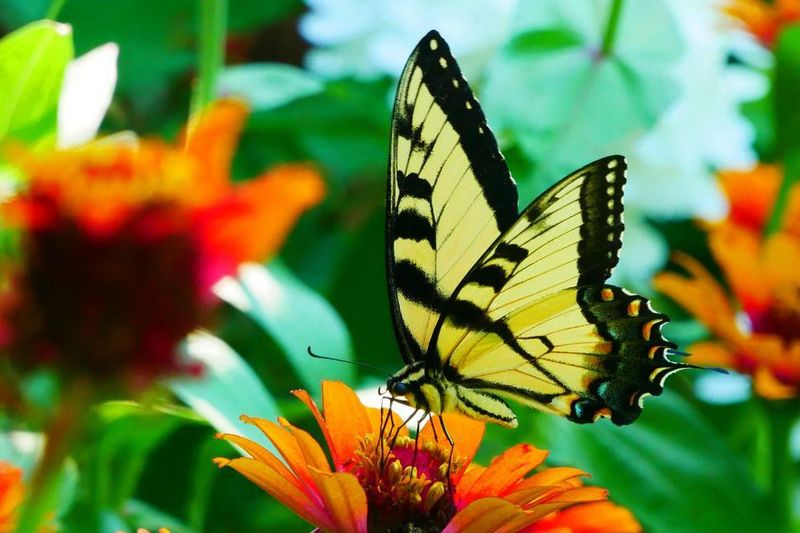
Bursting with carnival colors, zinnias offer landing pads of pink, orange, yellow and red for nectar-seeking swallowtails. Their flat, daisy-like blooms provide easy access for butterflies to sip sweet nectar throughout summer.
Heat-loving and drought-tolerant, these annual flowers keep producing until frost if deadheaded regularly. The single-flowered varieties attract more butterflies than doubled types since the nectar is more accessible.
8. Phlox

Sweet fragrance wafts from phlox’s star-shaped flower clusters, acting like a butterfly perfume counter. The tubular flowers in shades of pink, purple, and white offer deep wells of nectar that swallowtails can reach with their long proboscis.
Garden phlox blooms from mid-summer through fall when many other perennials have finished. Plant different varieties to extend the blooming season and keep butterflies visiting your garden for months.
9. Rue
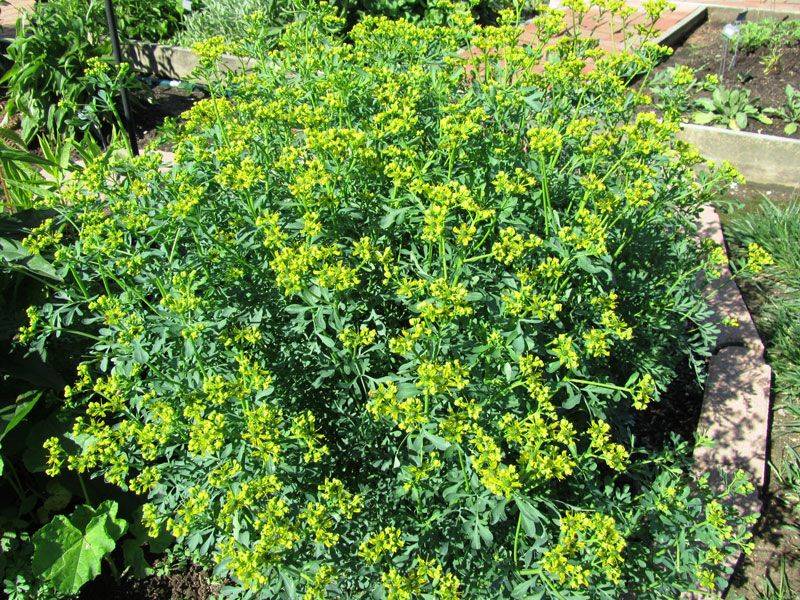
Bluish-green foliage with an unusual scent makes rue a magnet for Giant and Black Swallowtails. This Mediterranean herb serves as a host plant where females lay eggs, ensuring their caterpillars have a ready food source.
The small yellow flowers later provide nectar for adult butterflies. Caution: wear gloves when handling rue as it can cause skin irritation in some people, especially in bright sunlight.
10. Purple Coneflower (Echinacea)

Standing tall with their distinctive daisy-like blooms, purple coneflowers create perfect landing pads for swallowtails. The raised central cone surrounded by drooping purple petals offers both visual appeal and abundant nectar.
These native perennials bloom for weeks in summer heat when many other flowers fade. Drought-resistant and deer-resistant, they’re practically maintenance-free while providing years of butterfly attraction.
11. Pipevine

Heart-shaped leaves and unusual pipe-shaped flowers make this vine the exclusive host plant for Pipevine Swallowtails. The caterpillars munch on the foliage, absorbing compounds that make them unpalatable to predators.
Pipevine’s twining habit makes it perfect for trellises, arbors, or fences. The unusual purplish-brown flowers appear in spring, followed by interesting seedpods that add garden interest through fall.
12. Citrus Trees

Surprisingly, potted lemon, lime, or orange trees attract Giant Swallowtails even in northern gardens. Female butterflies seek out citrus foliage to lay eggs, where their unusual bird-dropping-mimicking caterpillars will feed.
The fragrant spring blossoms later provide nectar for adult butterflies. Even in cold climates, dwarf citrus varieties can be grown in containers and brought indoors during winter, providing year-round butterfly habitat.
13. Queen Anne’s Lace
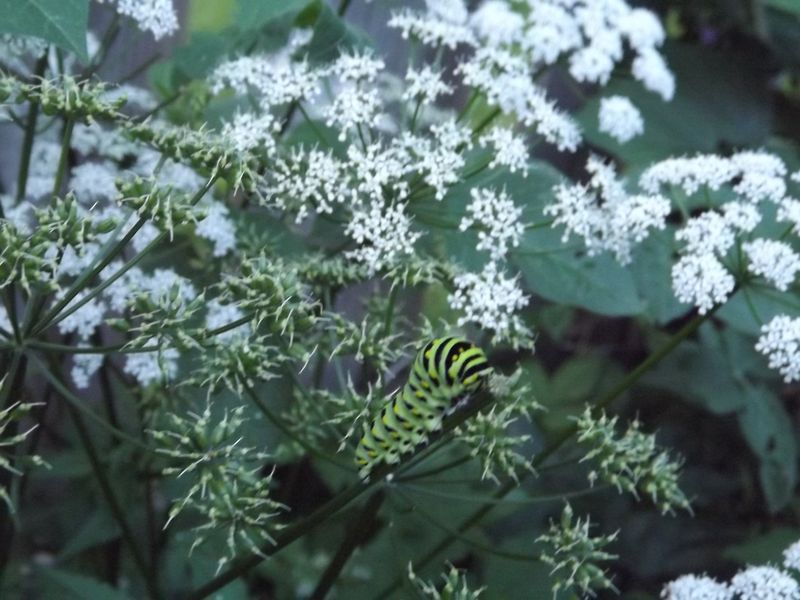
Lacy white umbels hover like floating snowflakes throughout summer, creating irresistible nectar platforms for Black Swallowtails. This wildflower relative of carrots serves as both host plant for caterpillars and nectar source for adults.
The flat-topped flower clusters support pollinators of all kinds. Each bloom features a tiny purple “queen” in the center – a charming detail that adds to its cottage garden appeal.
14. Spicebush
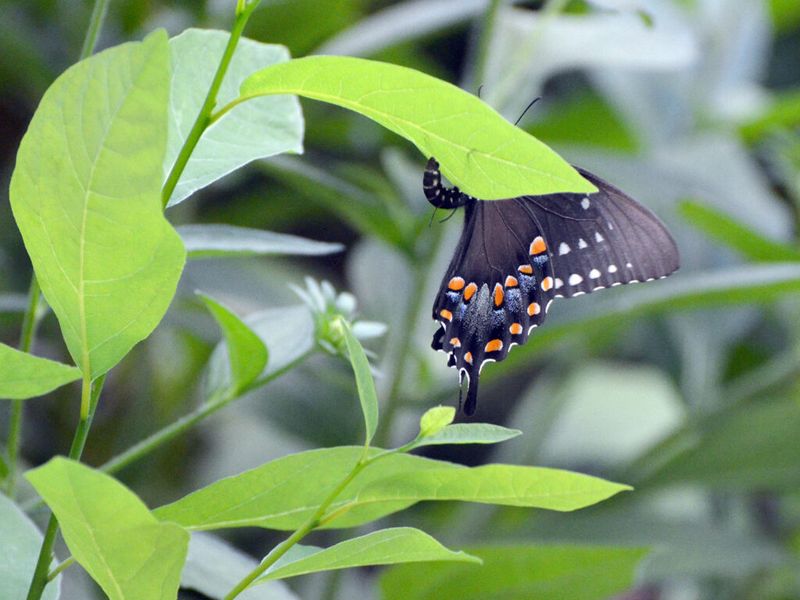
Tiny yellow flowers emerge on bare branches in early spring, providing the season’s first nectar for hungry swallowtails. This native shrub serves as the exclusive host plant for the stunning Spicebush Swallowtail butterfly.
The aromatic leaves release a spicy fragrance when crushed. Female butterflies detect this scent and lay eggs on the foliage, where caterpillars create distinctive leaf shelters by folding edges with silk threads.

